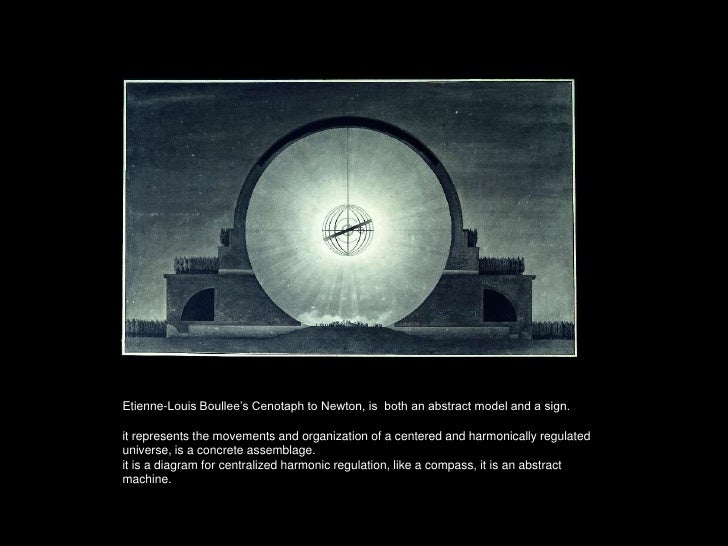Greg Lynn Folding In Architecture Pdf
This seminal book from Architectural Design was originally published in 1993, at a time of crucial change and on the eve of the digital revolution. It brought together a series of essays that many believe created the favourable environment in which computer-based design could thrive. Considered one of the most influential architecture publications of the 1990s, this book r This seminal book from Architectural Design was originally published in 1993, at a time of crucial change and on the eve of the digital revolution. It brought together a series of essays that many believe created the favourable environment in which computer-based design could thrive. Candy Crush Cydia Repo666. Considered one of the most influential architecture publications of the 1990s, this book ranks as a classic and in itself is a crucial chapter of history, though one that has been out of print since 1999. This faithful reprinting includes a substantial new introductory essay by Mario Carpo, Head of the Study Centre at the Canadian Centre for Architecture, which examines the impact of the original texts and their ongoing significance.

Download Free Die Design Handbook Pdf Free on this page. Freerapid Downloader Android more. Thereafter, the book is true to its original content showcasing projects by ground-breaking architects such as Greg Lynn, Jeffrey Kipnis, Bahram Shirdel, Frank Gehry and Philip Johnson.
Begin with the example of Robert Venturi’s Complexity and Contradiction in Architecture, Colin Rowe and Fred Koetter’s Collage City and Mark Wigley and Philip Johnson’s Deconstructivist Architecture. These practices have been questioned and concerned with the production of heterogeneous, fragmented, and conflicting formal systems. Both Venturi and WIgley argue for the deployment of discontinuous, fragmented, heterogeneous, and diagonal form strategies based on incongruities, juxtapositions and oppositions within specific sites and programmes. Through contradiction, architecture represents difference in violent formal conflicts. Contradiction has also provoked a reactionary response to formal conflict.
Unity can be observed with a continuous architectural language through historical analyses (Neo-Classicism or Neo-Modernism) or by identifying local consistencies resulting from indigenous climates, materials, traditions or technologies (regionalism). Reactionary call for unity nor the avant-garde dismantling of it through the identification of internal contradictions seems adequate as a model for contemporary architecture and urbanism. Presently, an alternative smoothness is being formulated that may escape these dialectically opposed strategies. For the first time perhaps, complexity might be aligned with neither unity nor contradiction but with smooth, pliant mixture. Both pliancy and smoothness provide an escape from the two camps which would either have architecture break under the stress of difference or stand firm. If there is a single effect produced in architecture by folding, it will be the ability to integrate unrelated elements within a new continuous mixture.